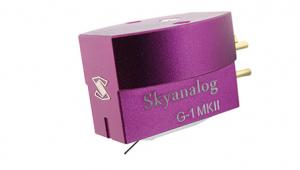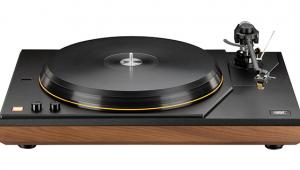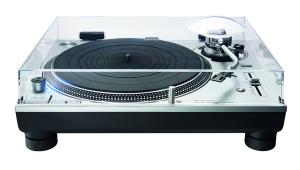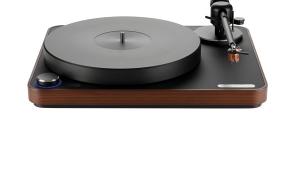Rega Planar 2 turntable
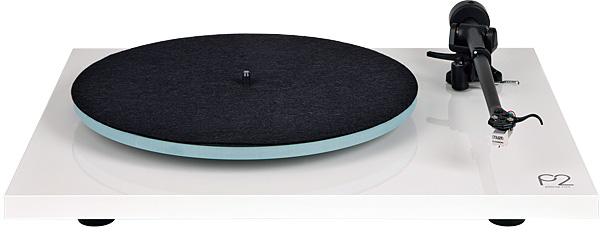
 The latest in a long line of 'affordable audiophile' turntables from a highly popular UK brand, the Planar 2 offers easy set-up, good looks and a taste of serious hi-fi sound
The latest in a long line of 'affordable audiophile' turntables from a highly popular UK brand, the Planar 2 offers easy set-up, good looks and a taste of serious hi-fi sound
The 1970s were something of a high watermark for the vinyl format. Bolstered by Mike Oldfield's smash hit Tubular Bells, 1975 saw the highest ever LP sales in the UK, and this drove demand for turntables. At the time, the budget king was Garrard's rudimentary SP25, but soon the Japanese gifted us the fine Pioneer PL-12D, a deck that really raised the performance bar.
Then in 1977, Rega launched its new Planar 2 – a slick British vinyl spinner that many thought was the most affordable, serious hi-fi turntable around. Its bigger brother, the Planar 3, was highly lauded too and sold like hot cakes. By the end of the decade, owning a Rega had become a badge of aspirational audiophile cool.
Legacy Tonearm
Naturally the Rega range has expanded over the years and the company currently also makes the Planar 1 and Planar 6, RP8 and RP10 high-end derivatives [HFN May '14 and Aug '15], as well as the shellac-friendly RP78. The formula remains the same however, for these are all minimalist, high quality turntables and the £375 Planar 2 reviewed here is essentially the company's top 'entry level' product.
It's basically a better-made 'starter' Planar 1 (£248) while the Planar 3 (£550) is aimed more at tweaky audiophile types. It comes pre-fitted with a MM pick-up so is beginner-friendly, yet a serious attempt has been made to get it sounding good too. This latest derivative has come a long way since the original [see Planar Progress sidebar].
The new RB220 tonearm is a direct descendent of what is arguably Rega's greatest ever product – the original, iconic RB300 of 1983. It features new ultra-low friction bearings, a stiffer bearing housing and an 'automatic' bias adjustment. As before, the housing has an elegant integral armrest and lock. The 9in armtube is still made from aluminium, with a non-detachable headshell and that familiar Rega fingerlift. The arm is a pleasure to operate, as with all Rega variants, and although it will certainly accommodate top-flight cartridges, the lack of VTA adjustment limits your choice marginally.
Unlike the original Rega Planar 2, this deck comes (as noted) pre-fitted with a cartridge: the Audio-Technica derived Rega Carbon, a medium output MM design – 2.5mV is claimed. It features a spherical stylus and carbon cantilever.
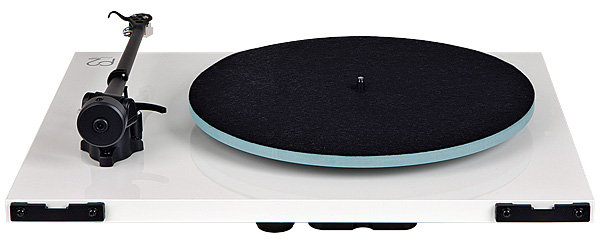
The Planar 2's compact acrylic plinth is now a laminated design available in gloss black, white and red finishes, but it still lacks any form of isolation from the outside world aside from its feet. These have been redesigned for the new Planar 2 for greater stability and lower vibration transfer, but all Regas benefit from proper siting on a light and rigid wall shelf, or at least a good equipment rack. They have always been more susceptible to vibration than independently sprung subchassis designs, so need all the protection from structural-borne noise that they can get. Playing them with the acrylic dust cover removed also substantially improves the sound.
Unpack And Play
The platter is only 10mm thick, but is made to a high standard from a float glass called Optiwhite. This is spun by the new electronically controlled 24V AC synchronous motor that gets its power from a separate mains-plug type PSU. The power switch is now underneath, on the front left of the plinth, which looks neater, but is fiddlier to use than before.
As ever, you change the speed by moving the belt on the pulley even though this means you have to remove the platter. The main bearing is a new 11mm self-securing brass affair, which is said to offer lower friction and a tighter manufacturing tolerance. It's never hard to get a Rega up and running and the Planar 2 is no exception. Indeed, now that the turntable is pre-fitted with a pick-up, it's simply a case of unboxing the deck and balancing the arm, which can be done in less than a minute if you're used to such things.
You just screw the arm counterweight on until the cartridge floats 1mm from the record surface, rotate it another full turn and it's set at an optimal 2g. The fiddly bit – aligning and tightening the cartridge to the tonearm – is already done for you, the VTA is correct and the bias is preset. This done, you plug in the power supply and the phono leads to the amplifier or phono stage, and you're ready to play.
![]() A Fine All-Rounder
A Fine All-Rounder
There's no mistaking Rega's 'house sound' for the new Planar 2 is a precise and tidy performer combining a good smattering of detail with an innate smoothness and balance. Unlike many rivals it's a fine all-rounder, with nothing specific letting the side down. It has an air of control and confidence that's unexpected at this low price point, with none of the 'nasties' that plague many cheap vinyl spinners, such as speed instability or noise [see PM's Lab Report].







